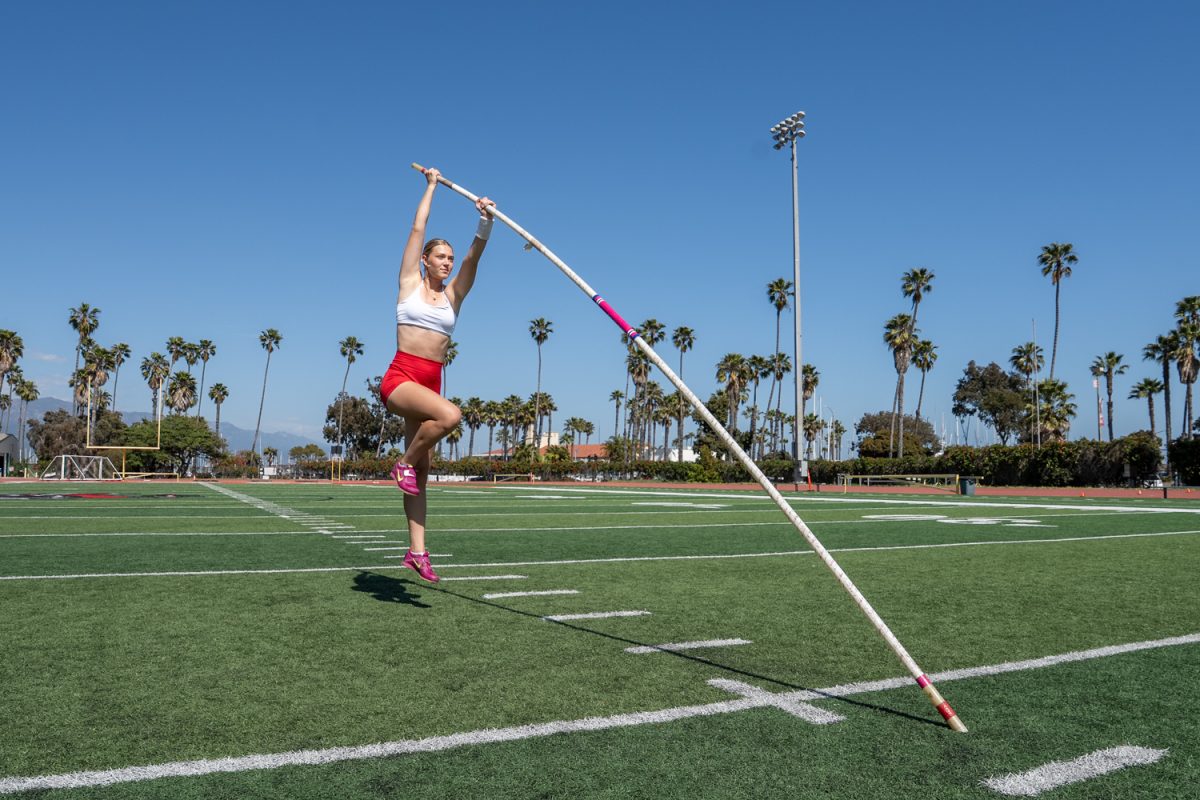The Theatre Group at City College never stops creating, as the music of sound checks, table reads, and sewing machines bring the halls of the drama and music building on West Campus to life. While the hard work of this crew is most evident on-stage, the progress made behind the scenes is no easy feat. Although the precision, organization, and diligence of the costume department in particular may go unnoticed by audience members, their elaborately handcrafted pieces remain a core element of every City College production.
The costume department is responsible for creating clothing that not only suits each character, but aligns with the genre and mood of the play as well. According to Co-chair and Director Katie Laris, the wardrobe within a production is responsible for communicating the entire timeline and setting of the play to the audience, including the historical time period, the weather, the time of day, and the place.
“One of the most important aspects of a play is what the characters are going to be wearing,” Laris said. “Every visual element is basically putting forward the story.”
Additionally, a character’s attributes, social and economic hierarchy, and profession are just a few of the many elements that must be considered when designing individual costumes. While all of these decisions are meticulously calculated, Laris says that the final goal of costuming is to avoid distracting audience members from the narrative.
“We hope that it’s furthering the sense of the story,” Laris said. “And that it almost doesn’t call attention to itself.”
Despite the many responsibilities that accompany costume designing, the possibilities are restricted by the timeline of rehearsals. By the first dress rehearsal, which is a week before opening night, even small adjustments to costumes are an inconvenience.
Laris leaves it to Director of Costume and Makeup Pamela Shaw to take the reins on makeup, hair, and wardrobe ideas, trusting her knowledge and experience in clothing design. Other than updating Laris with progress photos of costume fittings, Shaw uses her own expertise to keep productions running smoothly.
Shaw outlined that her ultimate goal as the director of costume and makeup is to allow actors to feel more comfortable in their roles.
“As the costume designer, I create a visual narrative by character,” Shaw said. “I’ve had actors say things like, ‘yeah, when I get the shoes on, I know.’”
Shaw displays the necessary organizational skills that she describes as mandatory in costume design. In preparation for the second fall play of the semester, John Proctor is the Villain, she uses a spreadsheet to keep track of each actor’s sizing, costume changes, and accessories, which vary from scene to scene. The play includes a total of 74 costume changes, so Shaw says that recording them all in one document eliminates additional stress. The rehearsal schedule includes notes from all Theatre Group departments regarding changes that need to be made before opening night.
“It is very important to read notes from every department because it might affect your own,” Shaw said, emphasizing the importance of communication when planning a production.
In costume design, attention to detail is emphasized due to the fast-paced environment backstage during a show.
“To work on a show backstage in wardrobe is to be racing against time to take an actor from one costume to the next, sometimes in a matter of seconds,” Laris said.
In addition to the play’s narrative, casting can influence a character’s wardrobe in unexpected ways. If an actor in a production wears glasses, Shaw must create a new pair with the actor’s prescription, and source period-accurate frames to match. Sleeves of tattoos are covered with makeup, flesh-colored bandages, or long sleeves. Previous incidents of actors breaking their legs during opening week required the costume department to accommodate accordingly, using footwear or long skirts to hide casts.
“You learn a lot about flexibility,” Shaw said, describing the unpredictability of working in theater.
The Theatre Group faced even more substantial obstacles in past years. During the COVID-19 pandemic, City College continued to hold performances despite having to take extreme safety precautions. Creativity sparked as the faculty saw an opportunity for fresh ideas. Remote costume fittings preceded a play where plexiglass surrounded each actor as a way to illustrate a radio booth in a safe manner. A theatrical interpretation of a comic book was filmed by actors at home and edited into a full production.
Having worked as the head of the costume department at City College since 2011, Shaw is no stranger to the influence of wardrobe in productions. She originally intended on pursuing a career in medicine, but decided against it when she discovered her passion for theater in college. Her grades in school skyrocketed after switching from chemistry to costumes.
“I thought, ‘wow this theater is so much more fun,’” Shaw laughed.
Along with creating costumes for every City College production, which includes two fall plays, two spring plays, and one summer musical, Shaw teaches costume classes regularly. Students in her Costume Technology course learn the execution of designing pieces, which can be a heavily mathematical process when mastering the ratios of stitching, or the fractions of seam allowances. While they learn the processes of understitching, backstitching, and topstitching, students enrolled in Shaw’s Costume Design class focus on the more abstract influence of the craft. One recent assignment appoints each student with a character from John Proctor is the Villain, set in 2019 rural Georgia, and requires them to present five visual examples of what their character’s costumes could be. Shaw is sure to implement both the creativity and technicality that is regularly exercised by costume designers into her curriculum.
“You are always having to pivot one way or another,” Shaw said. “Theater is the seat of innovation.”


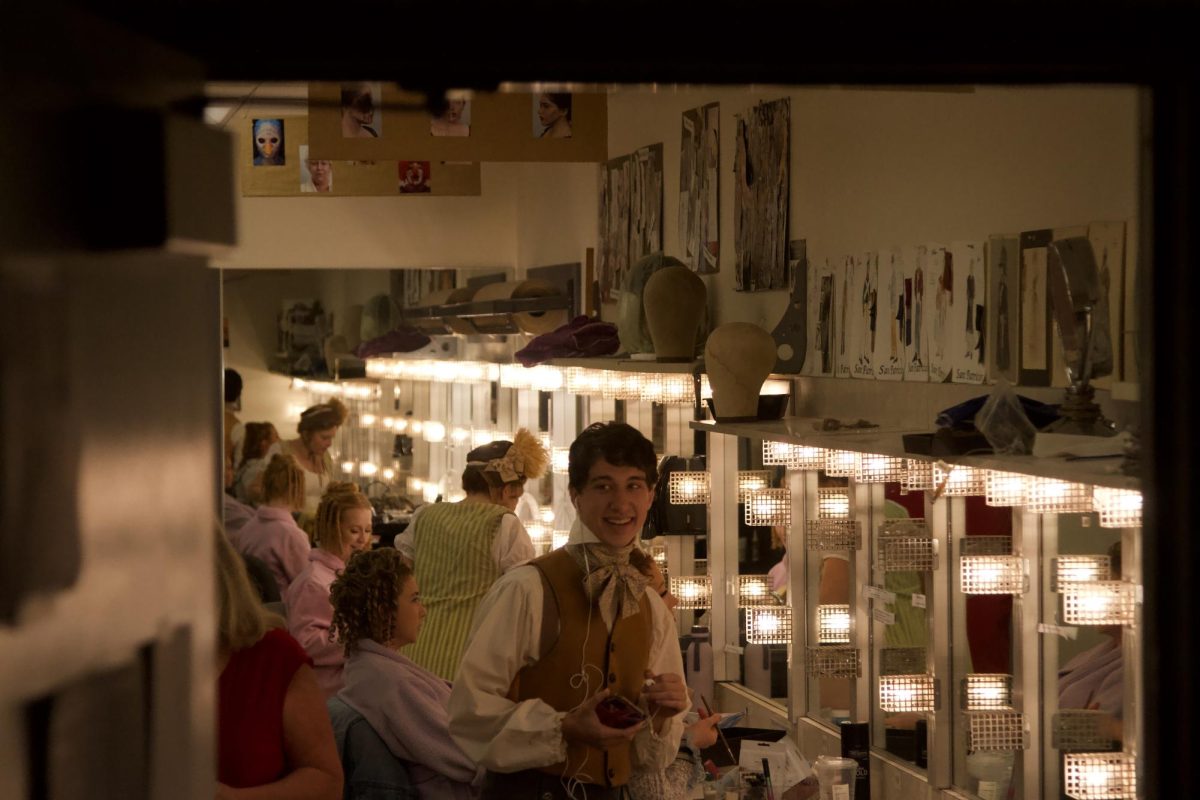
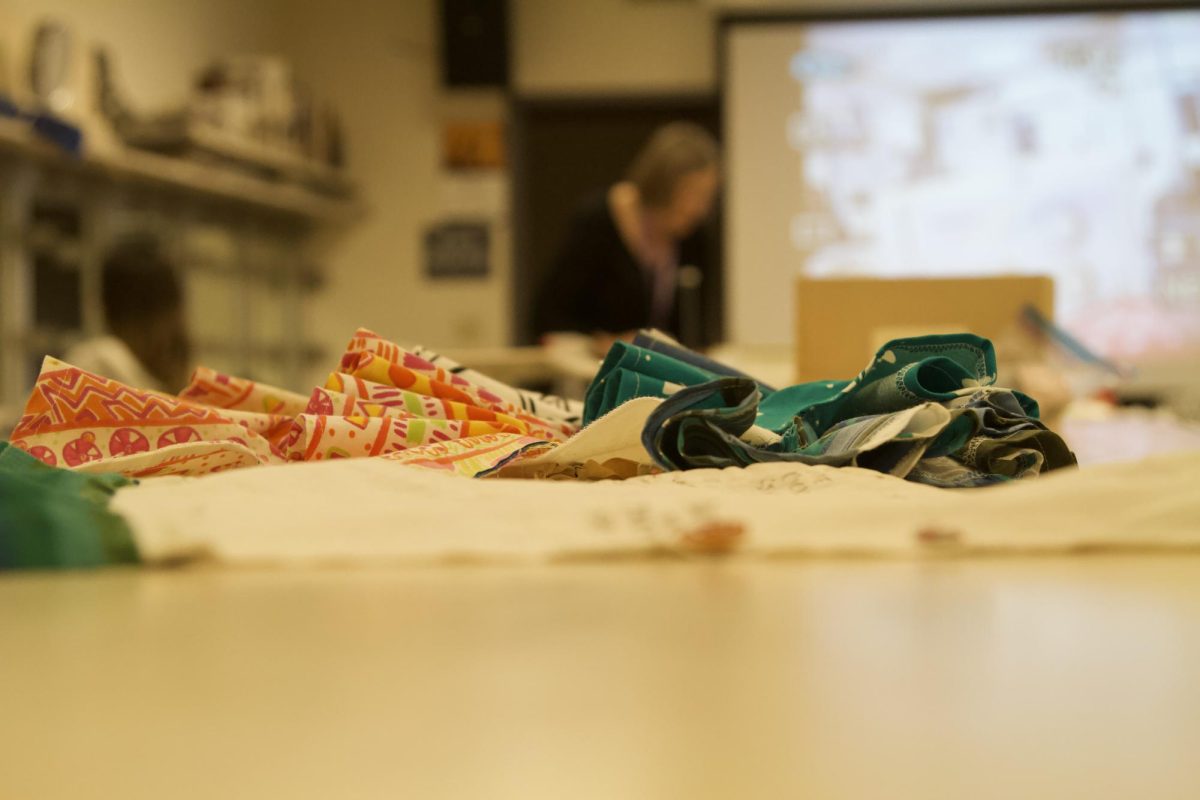
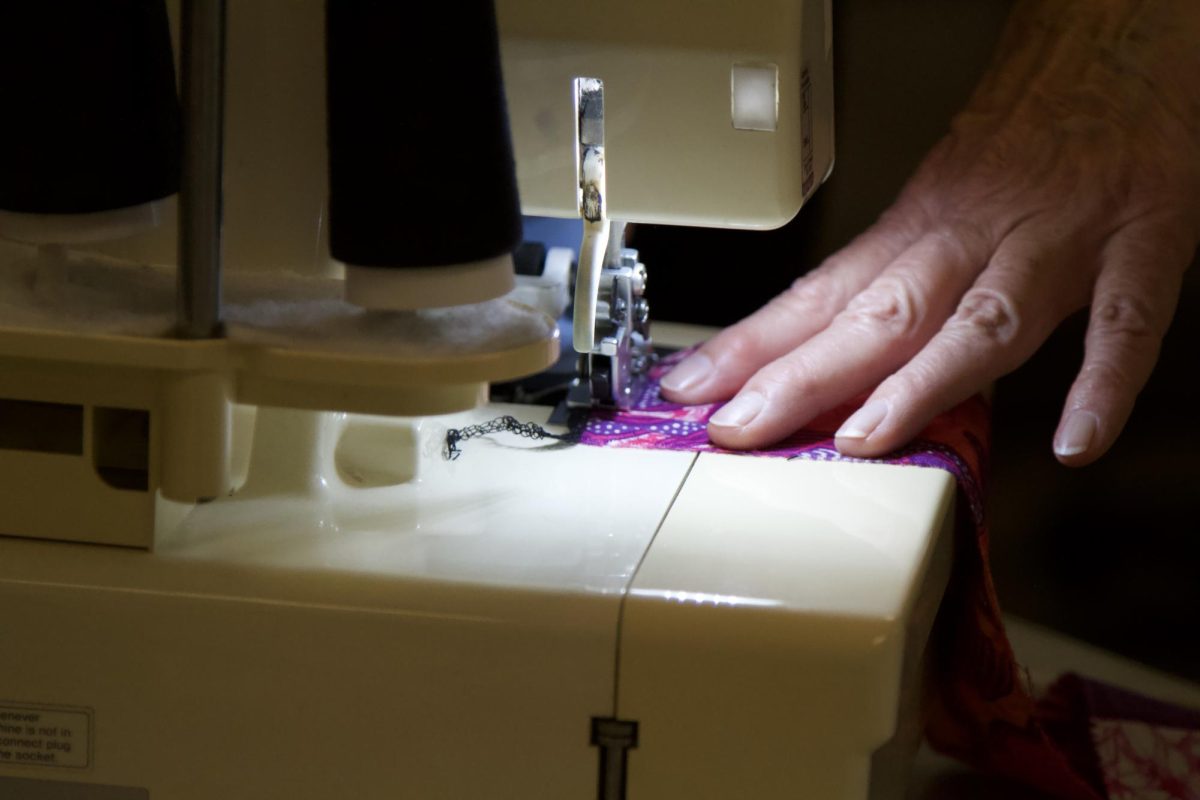






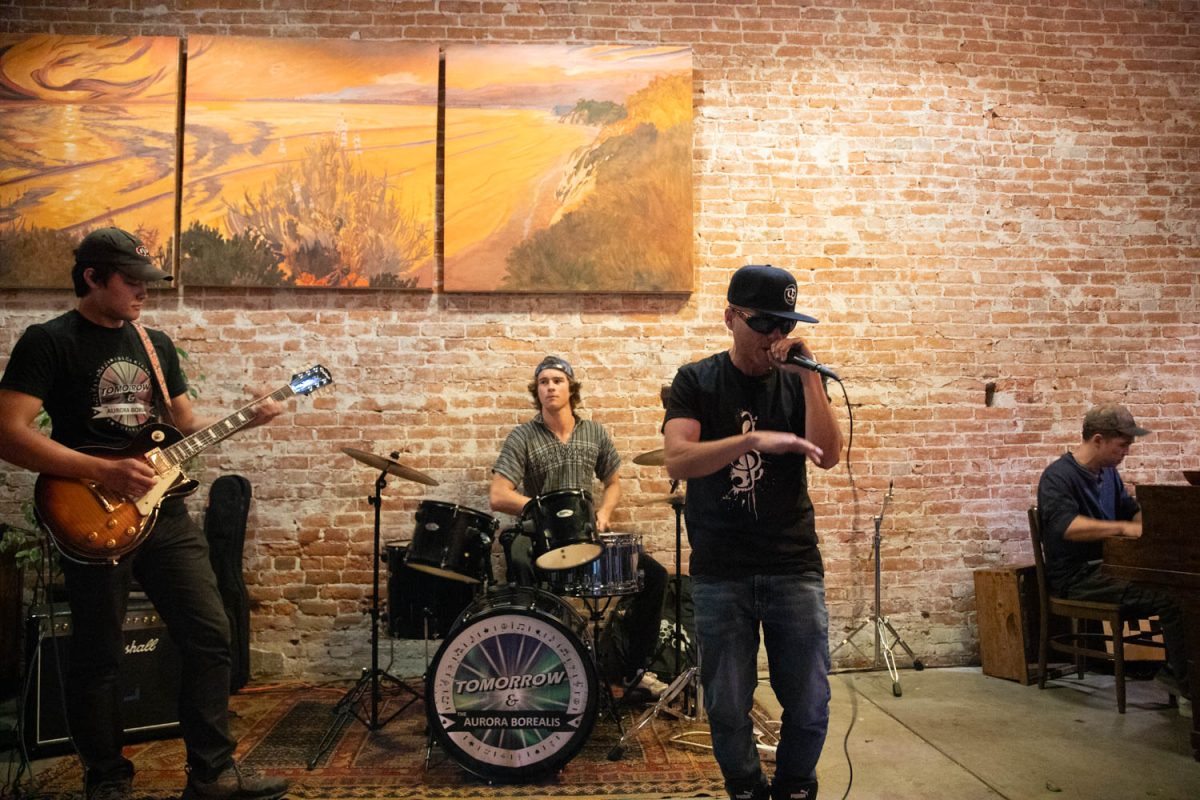

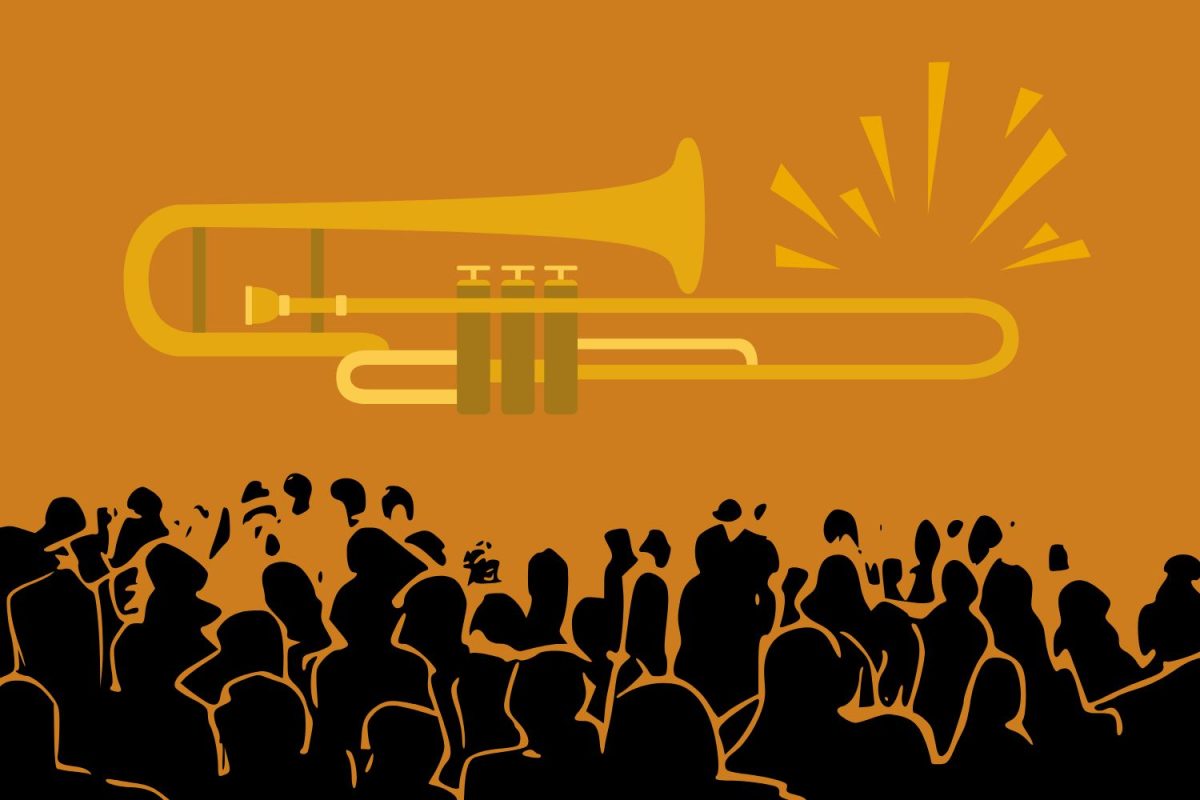

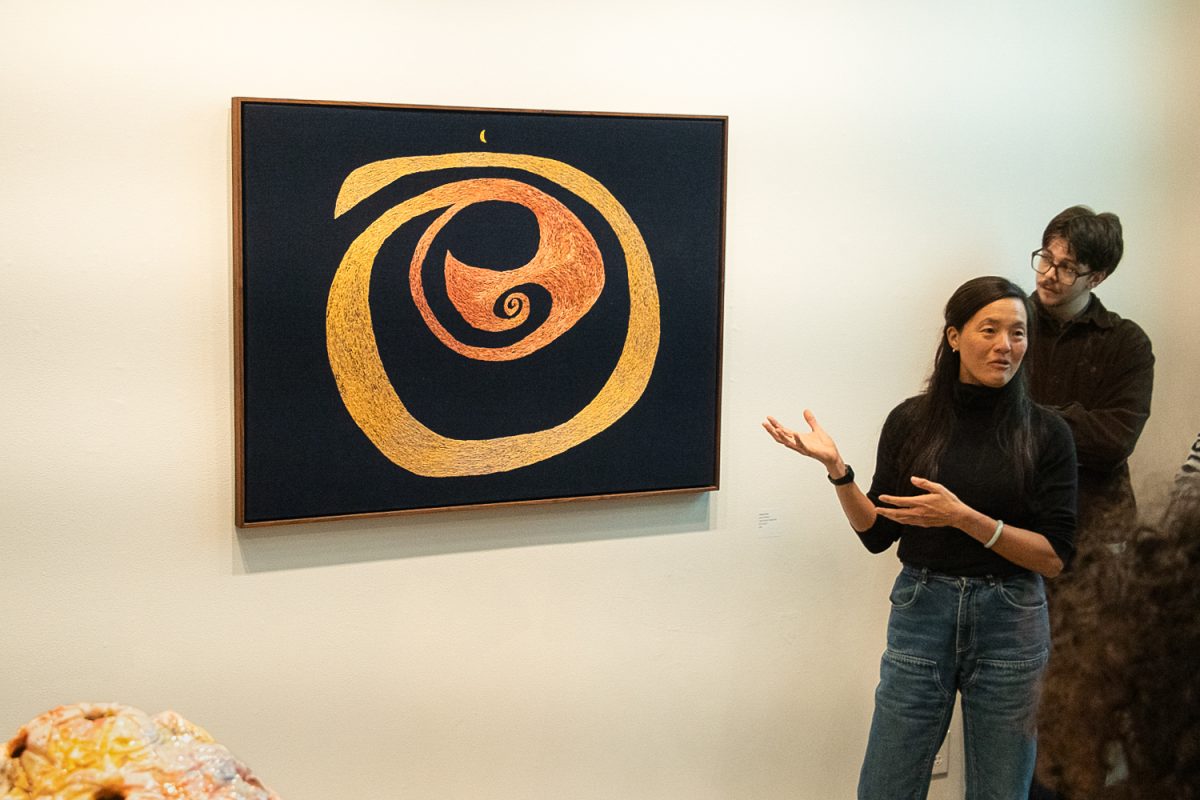
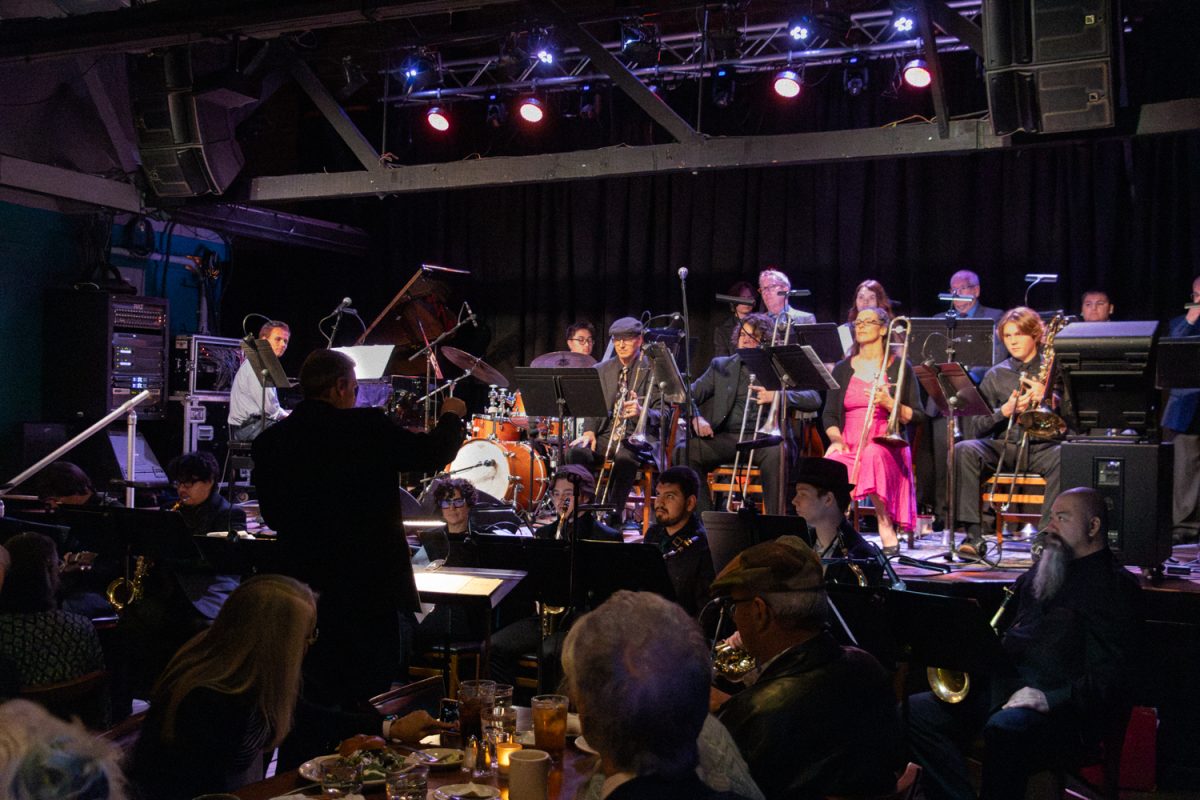


![Milton Alejandro Lopez Plascencia holds a flag showcasing the United States and Mexico on Feb. 7 in Santa Barbara, Calif. “It’s heartbreaking to see what is happening all across the country,” Lopez Plascencia said. “I [want] my voice to be heard by the community.”](https://www.thechannels.org/wp-content/uploads/2025/05/MGSImmigration-1-1200x800.jpg)

